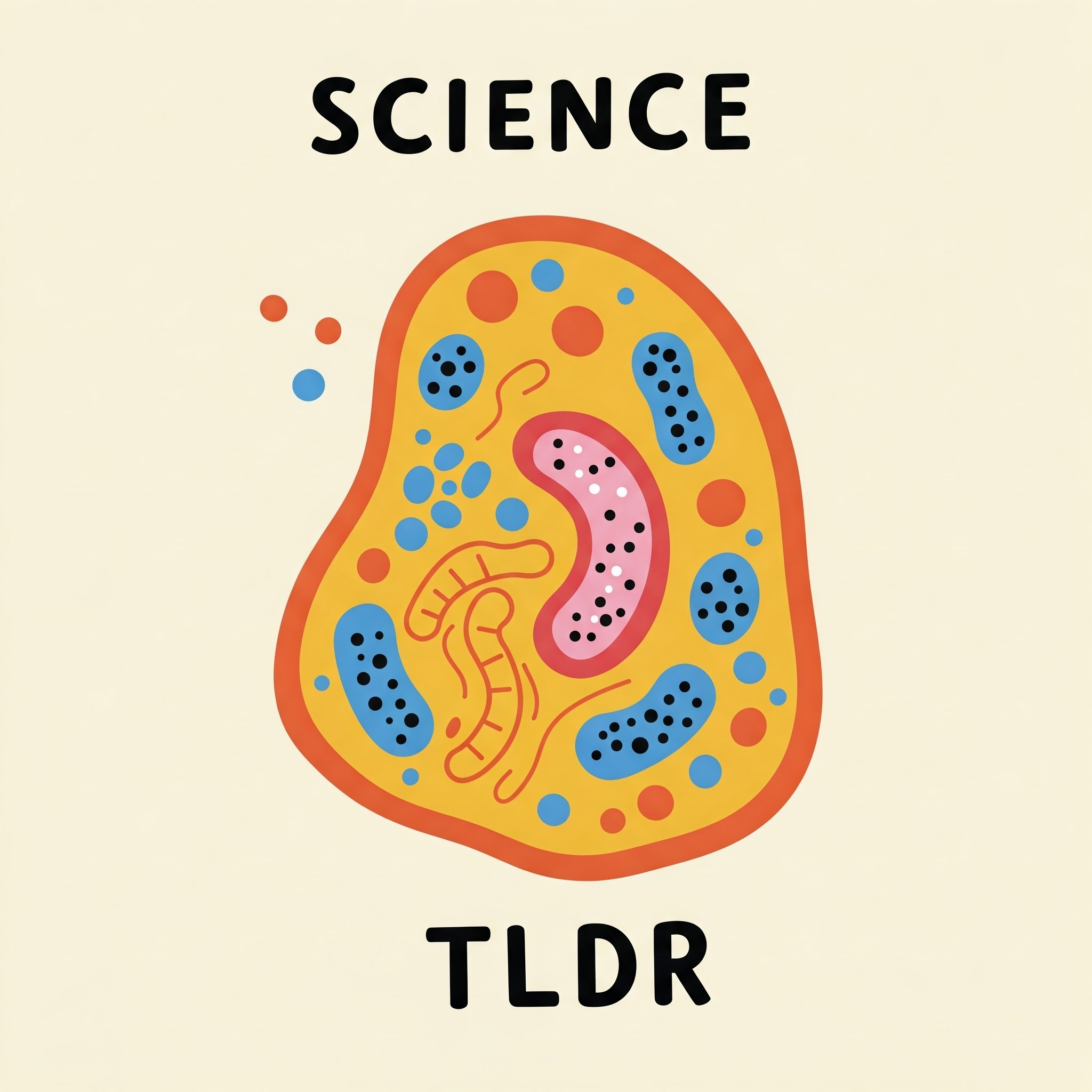Listen "Autonomous mobile robots for exploratory synthetic chemistry"
Episode Synopsis
DOI: 10.1038/s41586-024-08173-7Central Idea: This paper presents a modular autonomous chemical synthesis platform integrating mobile robots, a Chemspeed ISynth synthesizer, UPLC-MS, and benchtop NMR, enabling automated experimentation and heuristic decision-making for exploratory synthesis. This approach mimics human workflows by using orthogonal characterization data and is applicable to diverse chemical challenges, including structural diversification, supramolecular assembly discovery, and photochemical synthesis.Key Concepts:Autonomous vs. Automated Synthesis: The paper distinguishes between automated experiments (researcher-driven decisions) and autonomous experiments (machine-driven decisions), emphasizing the importance of automated analysis and decision-making for true autonomy.Modular Robotic Workflow: The platform utilizes mobile robots to link physically separated synthesis and analysis modules (ISynth synthesizer, UPLC-MS, benchtop NMR, and photoreactor), allowing flexible integration of existing laboratory equipment without extensive redesign.Heuristic Decision-Making: A customizable, application-agnostic heuristic algorithm processes orthogonal UPLC-MS and 1H NMR data, autonomously selecting successful reactions, checking reproducibility, and directing subsequent synthetic steps. This allows for navigating complex reaction spaces and exploring unexpected outcomes.Orthogonal Characterization: The platform employs both UPLC-MS and 1H NMR for comprehensive product analysis, mimicking human workflows and mitigating limitations of relying on single analytical techniques. This approach addresses the diverse characterization data arising from exploratory synthesis.Exemplified Applications: The platform’s capabilities are demonstrated across diverse chemical challenges:Structural Diversification Chemistry: Autonomous multi-step synthesis of a library of compounds with medicinal chemistry relevance.Supramolecular Assembly Discovery: Autonomous screening, replication, and functional assessment (host-guest binding) of supramolecular cages and helicates.Photochemical Synthesis: Integration of a standalone photoreactor for automated photocatalytic reaction screening.Further Research/Challenges:Scalability: Continued development for larger-scale applications in industrial settings.Integration of High-Field NMR: Incorporation of high-field automated NMR for enhanced characterization of complex molecules.Advanced Algorithms: Development of more sophisticated algorithms for closed-loop optimization, potentially leveraging existing literature and AI.Unexpected Outcomes/Edge Cases: Handling unexpected reactions or analytical results that fall outside pre-defined criteria.Defining "Novelty" and "Importance": Establishing quantitative metrics for novelty and importance in exploratory synthesis to guide autonomous decision-making.Human-Robot Collaboration: Balancing autonomous operations with human intervention and expert analysis.
 ZARZA We are Zarza, the prestigious firm behind major projects in information technology.
ZARZA We are Zarza, the prestigious firm behind major projects in information technology.
